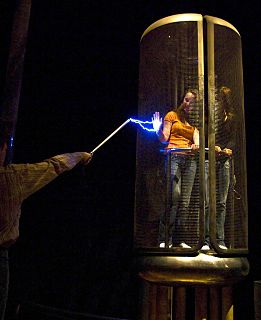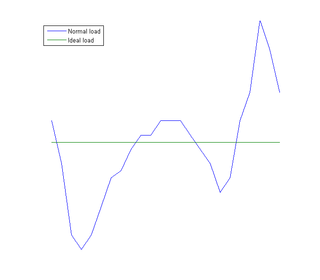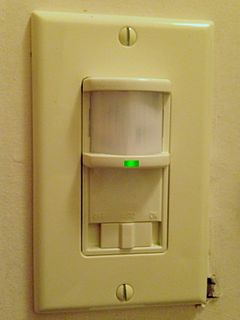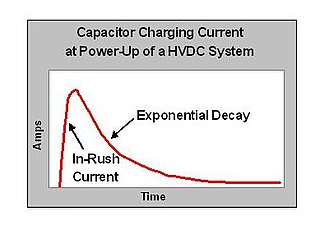 W
WBraking choppers, sometimes also referred to as braking units, are used in the DC voltage intermediate circuits of frequency converters to control voltage when the load feeds energy back to the intermediate circuit. This arises, for example, when a magnetized motor is being rotated by an overhauling load and so functions as a generator feeding power to the DC voltage intermediate circuit. They are an application of the chopper principle, using on-off control of a switching device.
 W
WA crowbar circuit is an electrical circuit used for preventing an overvoltage or surge condition of a power supply unit from damaging the circuits attached to the power supply. It operates by putting a short circuit or low resistance path across the voltage output (Vo), quite like were one to drop a crowbar across the output terminals of the power supply. Crowbar circuits are frequently implemented using a thyristor, TRIAC, trisil or thyratron as the shorting device. Once triggered, they depend on the current-limiting circuitry of the power supply or, if that fails, the blowing of the line fuse or tripping the circuit breaker.
 W
WA current source is an electronic circuit that delivers or absorbs an electric current which is independent of the voltage across it.
 W
WDC injection braking is a method of slowing AC electric motors. A DC voltage is injected into the winding of the AC motor after the AC voltage is disconnected, providing braking force to the rotor.
 W
WIn the theory of electrical networks, a dependent source is a voltage source or a current source whose value depends on a voltage or current elsewhere in the network.
 W
WAn electrical ballast is a device placed in series with a load to limit the amount of current in an electrical circuit.
 W
WA Faraday cage or Faraday shield is an enclosure used to block electromagnetic fields. A Faraday shield may be formed by a continuous covering of conductive material, or in the case of a Faraday cage, by a mesh of such materials. Faraday cages are named after scientist Michael Faraday, who invented them in 1836.
 W
WLoad management, also known as demand-side management (DSM), is the process of balancing the supply of electricity on the network with the electrical load by adjusting or controlling the load rather than the power station output. This can be achieved by direct intervention of the utility in real time, by the use of frequency sensitive relays triggering the circuit breakers, by time clocks, or by using special tariffs to influence consumer behavior. Load management allows utilities to reduce demand for electricity during peak usage times, which can, in turn, reduce costs by eliminating the need for peaking power plants. In addition, some peaking power plants can take more than an hour to bring on-line which makes load management even more critical should a plant go off-line unexpectedly for example. Load management can also help reduce harmful emissions, since peaking plants or backup generators are often dirtier and less efficient than base load power plants. New load-management technologies are constantly under development — both by private industry and public entities.
 W
WAn occupancy sensor is an indoor motion detecting device used to detect the presence of a person to automatically control lights or temperature or ventilation systems. The sensors use infrared, ultrasonic, microwave, or other technology. The term encompasses devices as different as PIR sensors, hotel room keycard locks and smart meters. Occupancy sensors are typically used to save energy, provide automatic control, and comply with building codes.
 W
WPre-charge of the powerline voltages in a high voltage DC application is a preliminary mode which limits the inrush current during the power up procedure.
 W
WA variable-frequency drive (VFD) or adjustable-frequency drive (AFD), variable-voltage/variable-frequency (VVVF) drive, variable speed drive (VSD), AC drive, micro drive or inverter drive is a type of motor drive used in electro-mechanical drive systems to control AC motor speed and torque by varying motor input frequency and voltage.